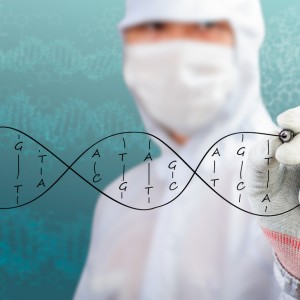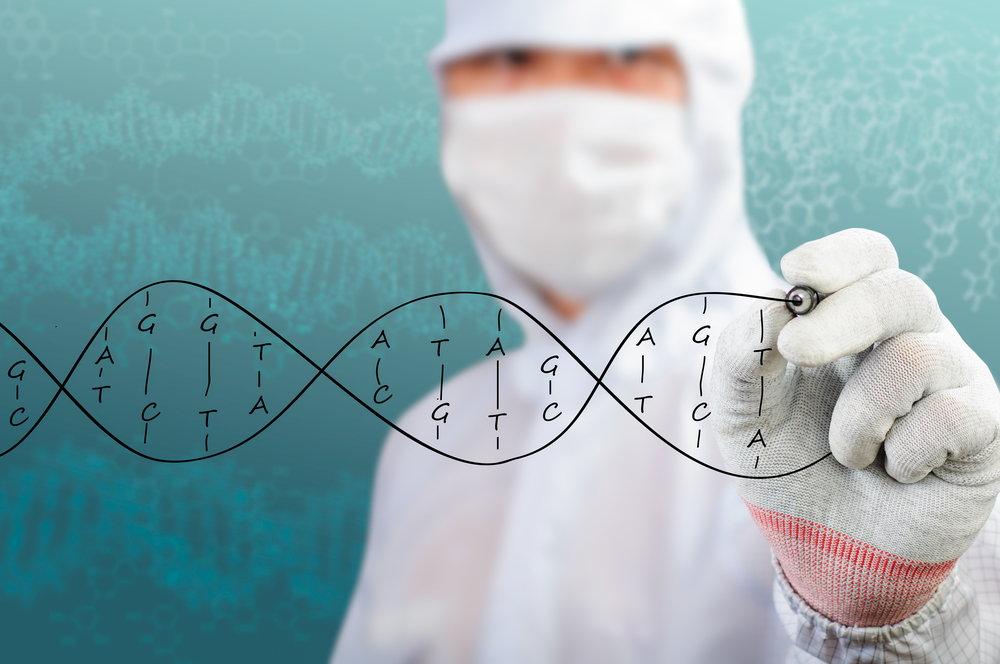 Researchers from the University of Tokyo have shed light on how Toll-like receptor 9 (TLR9) can bind itself to pathogen DNA and, consequently, activate the innate immune system. This finding is crucial for the creation of new drugs to target TLR9 as an immunotherapeutic approach against cancer, allergies, bacteria and viruses. The study, entitled “Structural basis of CpG and inhibitory DNA recognition by Toll-like receptor 9“ was published in Nature.
Researchers from the University of Tokyo have shed light on how Toll-like receptor 9 (TLR9) can bind itself to pathogen DNA and, consequently, activate the innate immune system. This finding is crucial for the creation of new drugs to target TLR9 as an immunotherapeutic approach against cancer, allergies, bacteria and viruses. The study, entitled “Structural basis of CpG and inhibitory DNA recognition by Toll-like receptor 9“ was published in Nature.
Invading pathogens leave specific traces of proteins, DNA fragments or other biomolecules. TLR9 is a membrane-bound protein that can actually detect those traces, as it recognizes a specific sequence of DNA known as the Cytosine-phosphate-Guanine dinucleotide (CpG); the CpG is a characteristic motif of bacteria and viruses.
Until very recently, the structure and mechanisms of TLR9 were unknown. This new study, however, contributes crucial information concerning the release of interferon after TLR9 activation, and how it can induce an inflammatory response.
The research team from the Graduate School of Pharmaceutical Sciences led by Professor Toshiyuki Shimizu collaborated with scientists from the University of Tokyo’s Institute of Medical Science and Osaka University’s Graduate School of Engineering. Their work discovered that TLR9 structure is ring-shaped in three crucial forms: connected to an agonist DNA (a molecule that activates TLR9 as a pathogen); connected to an inhibitor DNA; and as a free protein.
When TLR9 is connected to an agonist — a segment of DNA that includes a CpG motif, for instance — it displays two ring structures linked together to form a dimer that shares 2 molecules of DNA; when it is connected to an inhibitor or exists as a free proteins, TLR9 exists as a single ring. These structures were discovered through crystallography and by the use of beamlines at Photon Factory and SPring-8.
“TLR9 is a promising drug target for treating viral infections, cancer, autoimmune diseases, and so on, so researchers have been trying to elucidate structurally how TLR9 recognizes pathogenic DNA ever since it was discovered more than a decade ago. This work represents a big step forward for drug development targeting TLR9, and also for our understanding of nucleic acid sensing by TLR9,” said Professor Shimizu in a press release. “TLRs have received significant attention due to their critical roles in the innate immune system, and our group has been focusing on the structural study of TLRs for many years. We believe that a precise understanding of TLR function should come from its visualization by structural analyses. Actually, we were quite surprised at the result of this study: the two DNA molecules, agonist and inhibitor, bound to completely different sites on TLR9, and the DNA molecules themselves had completely different structures, both of which we could never have predicted.”


